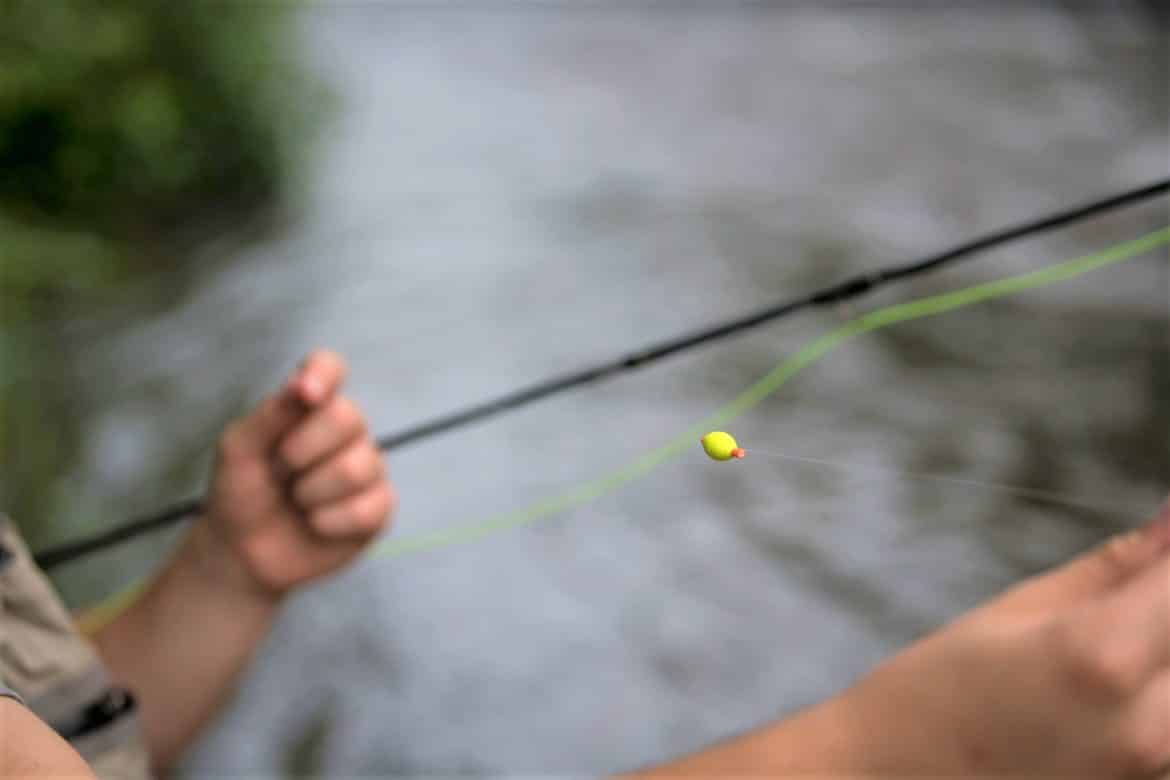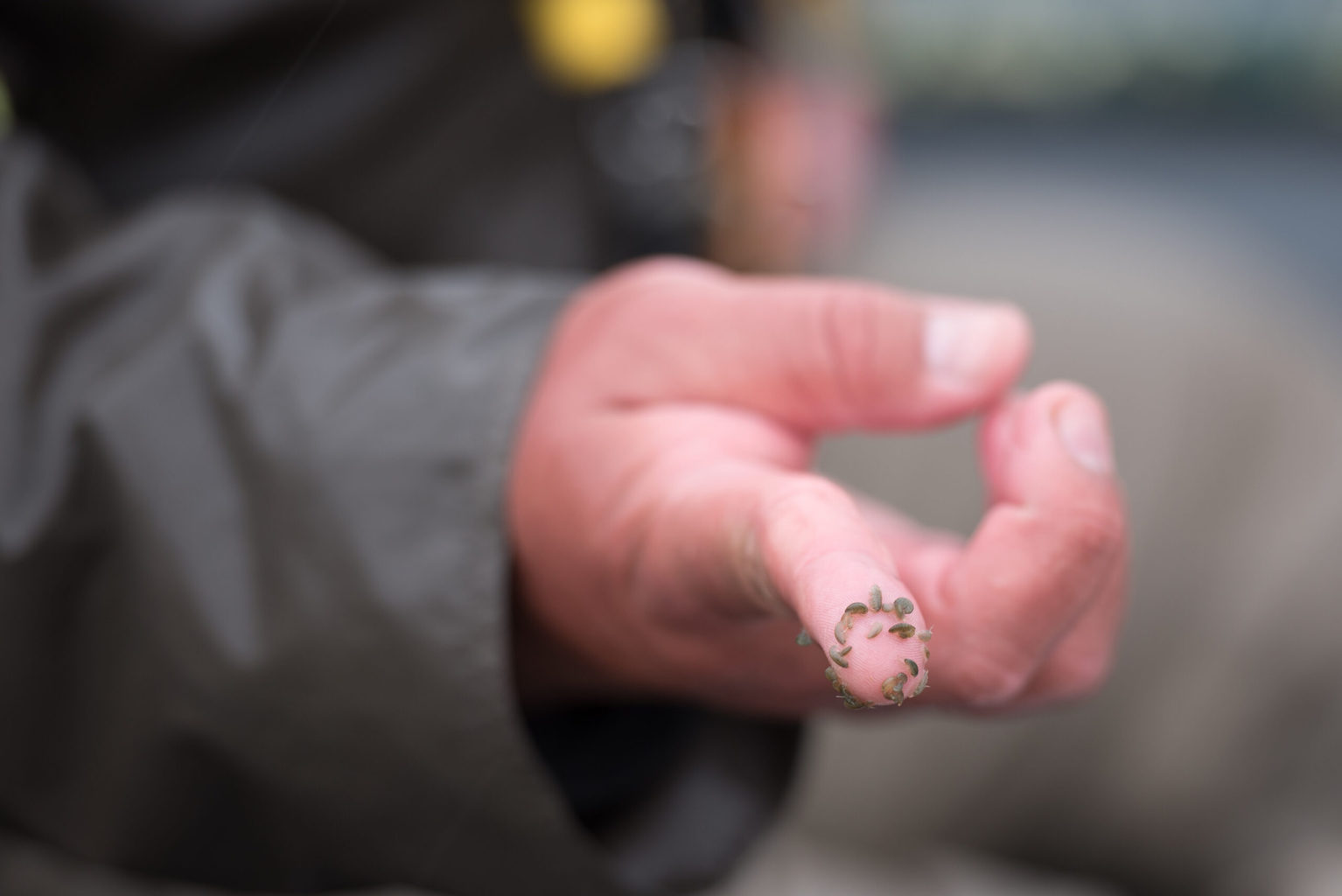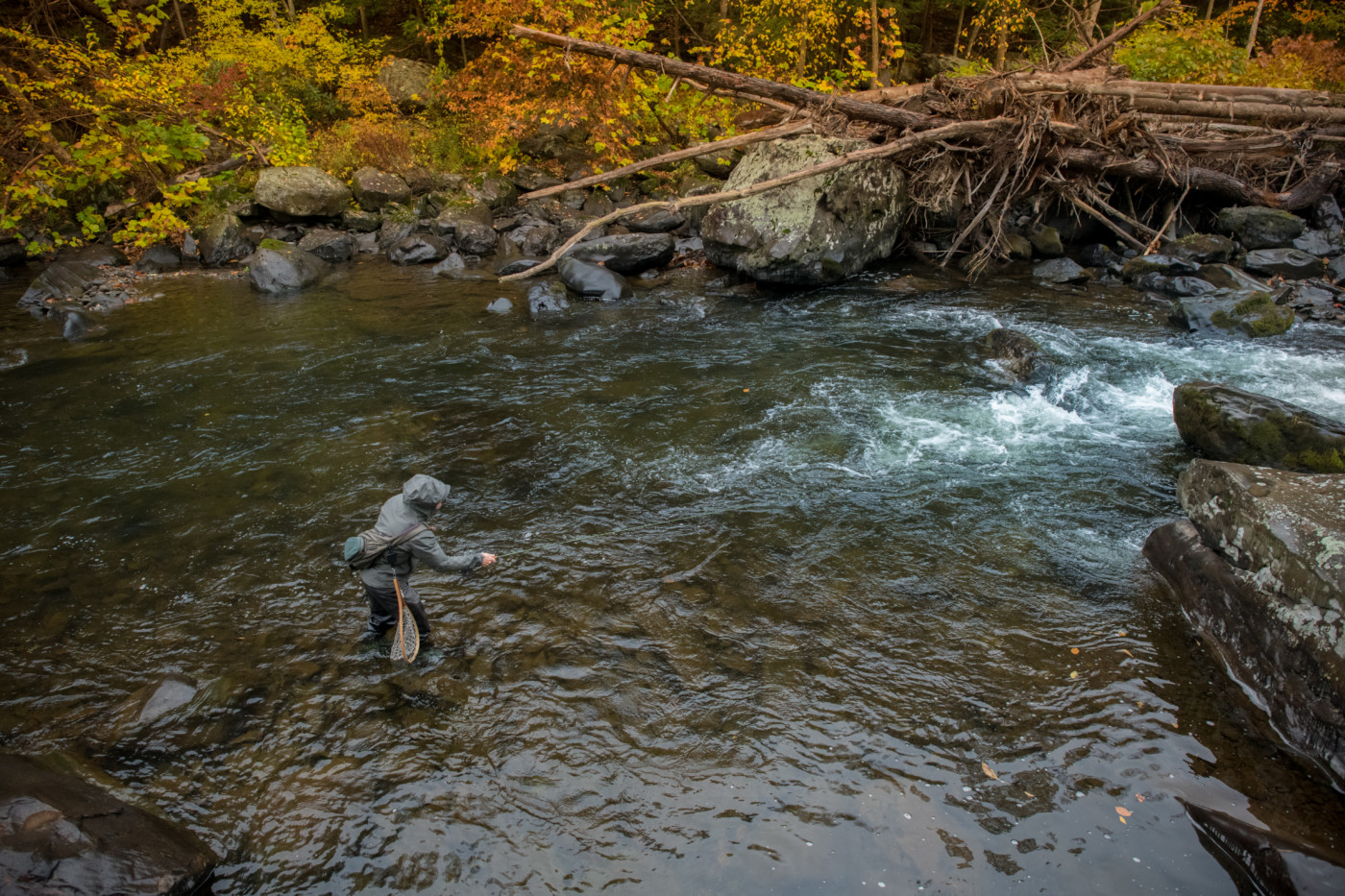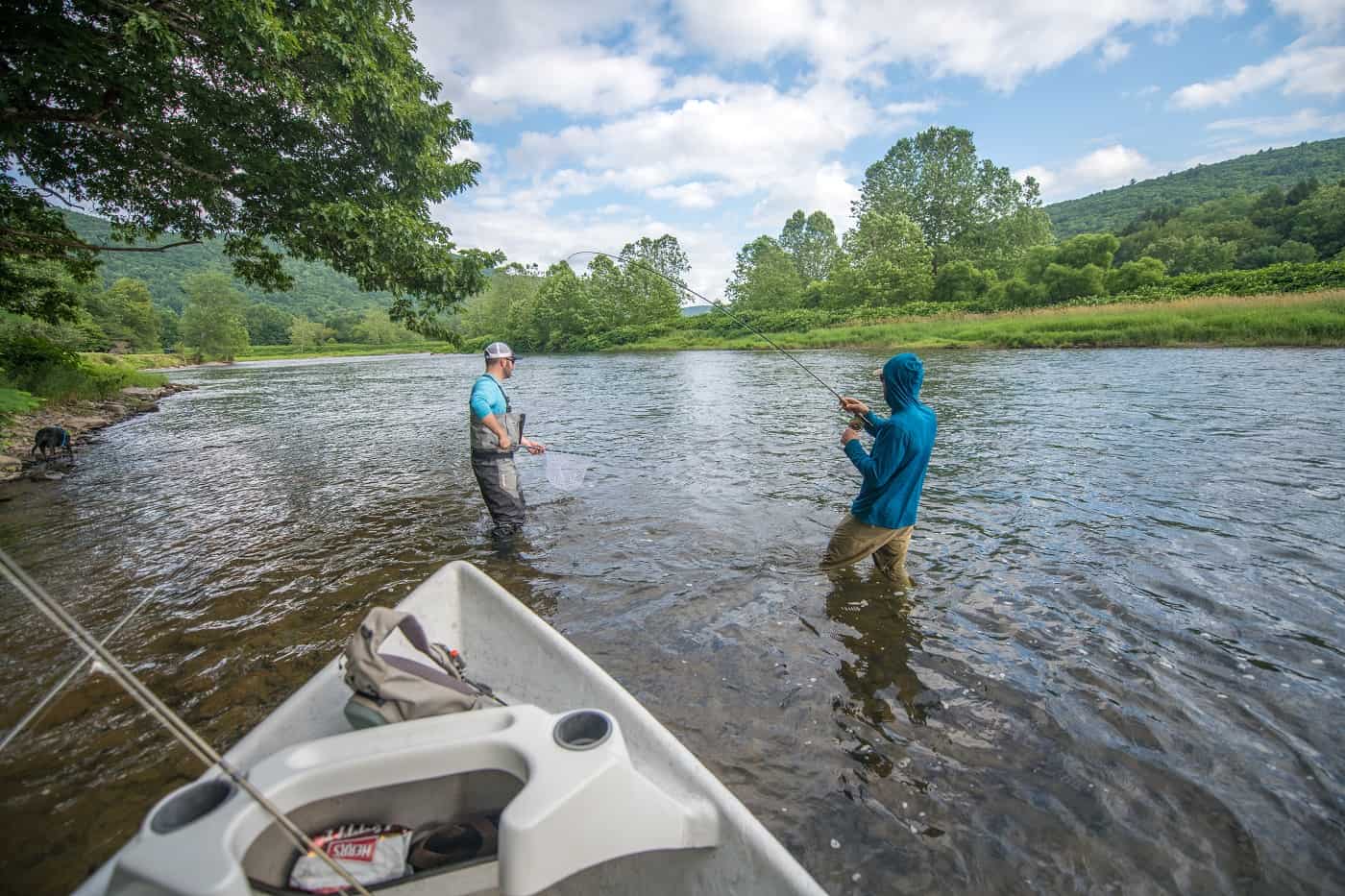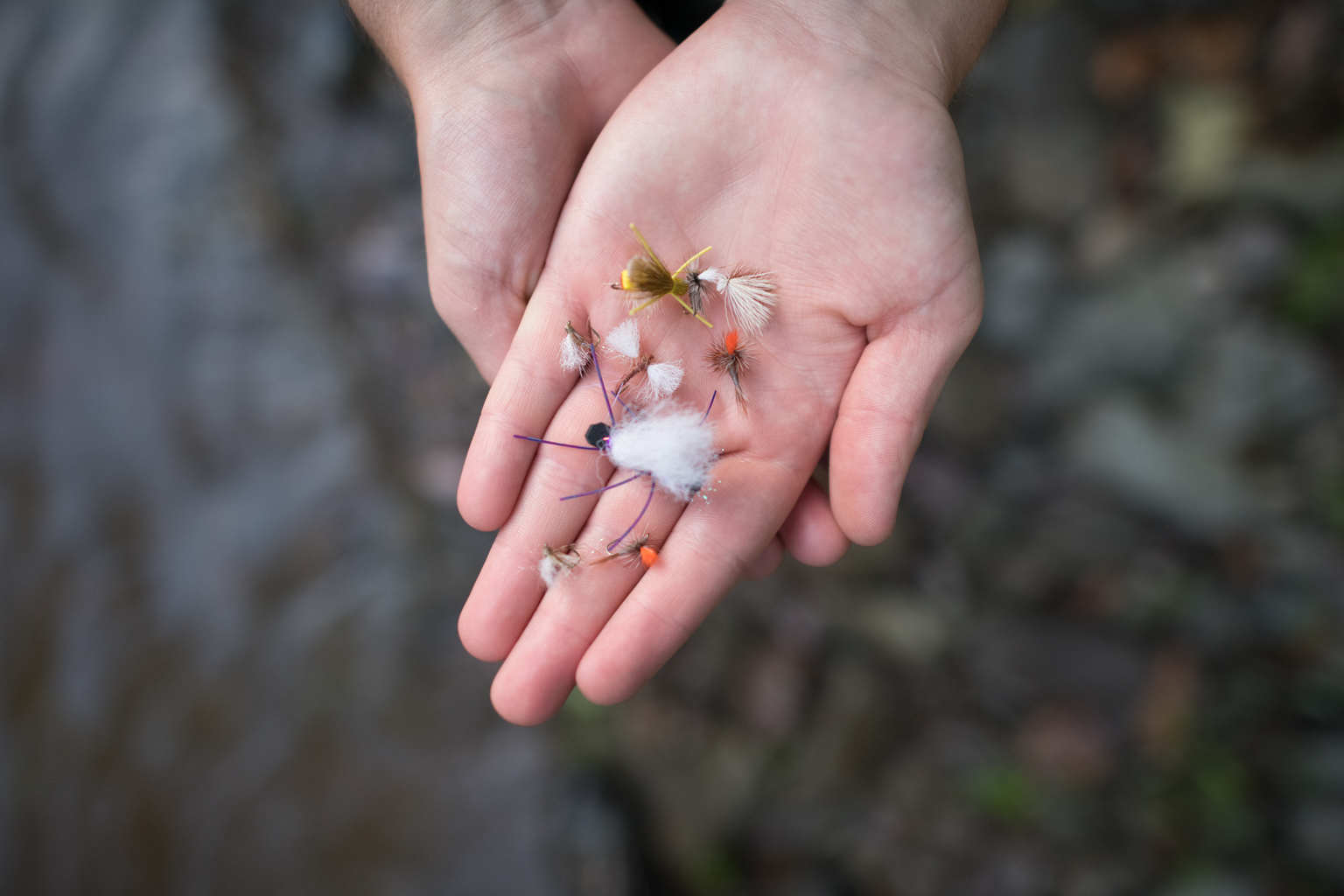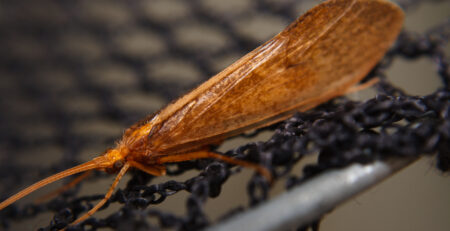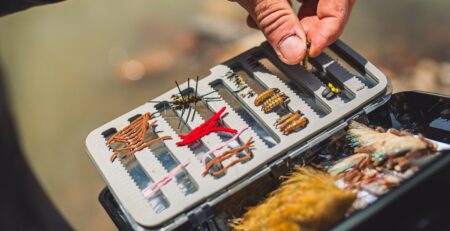How To Fly Fish Nymphs Using Indicators In 4 Steps
As you’re tackling the deep pools and runs in your local streams with some nymph flies, strike indicators will eventually become necessary. These are nothing more than the fly fishing community’s version of a bobber. Strike indicators allow you to keep your distance from trout and reach pools you wouldn’t normally be able to fish.
Let’s take a step-by-step approach to fly fishing nymphs with indicators.
Step 1 – Select Proper Indicator
There are different fly fishing indicators for nearly every situation. You’ll need to select the correct indicator for your needs and the water you’re fishing. If you are fishing heavy nymphs or fishing in fast water, add a Thingamabobber or large foam indicator. These strike indicators support heavier nymphs without being dragged down.
For lighter nymphs and slower currents, it would be best to use a wool indicator or a large dry fly. We prefer these over the heavier indicators because they make a soft presentation on the water without spooking nearby fish by smacking the water. In the chance that all you have are the more dense indicators, cast at least a few feet in front of the area you are targeting to avoid ruining your odds.
Step 2 – Judge Depth And Speed of the Water
Distance of Indicator on the Line Above Flies = Water Depth + Speed of the Water
This is an incredibly important part where a few inches can be the difference between catching fish and getting skunked. When fly fishing for trout with nymphs you want your flies near the bottom. Trout won’t make the effort to go to your flies so you need to go to them. If your flies are too high in the water column then you’re going right over their heads.
Judging the depth and speed of the water allows you to accurately place your indicator on your line to ensure that your nymphs drift along the bottom. With that being said, if you believe the pool you’re fishing is 5-feet deep you don’t want to place your indicator 5-feet above your flies.
What gives? It’s 5-feet deep so why don’t I make the line go 5-feet down? Because you forgot the second part of the equation, the speed of the water.
Fly Fishing Made Easy 👍
Our Quarterly Fly Club ships 1,000’s of flies to anglers all across the United States. Receive curated fly assortments selected for the season with in-depth articles on how to fish them. Great for beginners to learn and for intermediates to discover new flies.
When your flies are in the water they won’t drift directly under the indicator but rather at an angle. The placement of your indicator should account for that angle and the extra line the nymphs need to drift close to the bottom.
Here’s a simple way to properly place your indicator:
- Fast water – 1.5 to 2 times the depth of the water.
- Slow water – 1 to 1.5 times the depth of the water.

Let’s circle back to that pool we judged to be 5-feet deep. Assuming that the water is moving pretty quick, you’ll need to place your indicator at least 7.5-feet above your bottom fly. You don’t have to follow this rule exactly, but this is a good rule of thumb.
Step 3 – Place Indicator On Line
It’s as simple as it sounds, attach the indicator on your leader.
Step 4 – Fish! And Continuously Adjust
All done! Give it go and toss it around.
As you start to move from pool to pool, know that not all are the same depth and have the same water speed. The trick to successfully fishing indicators in fly fishing is to know when to adjust. Remember, your nymphs should be near the bottom. Slide it up or down your leader to add some slack or remove the excess line that would get your snagged on the bottom.

There’s a way to gauge whether you have too much or too little line out.
- Flies Get Quickly Swept Downstream — Slide indicator up your leader to add more line.
- Flies Are Constantly Get Snagged On Bottom — Slide indicator down to remove the excess line.
Fly fishing indicators is something that you will master over time the more you use it. Get a good amount of practice using them. Always remember to adjust, adjust, and adjust. That’s the key to success and if you remember that — you’re good.

